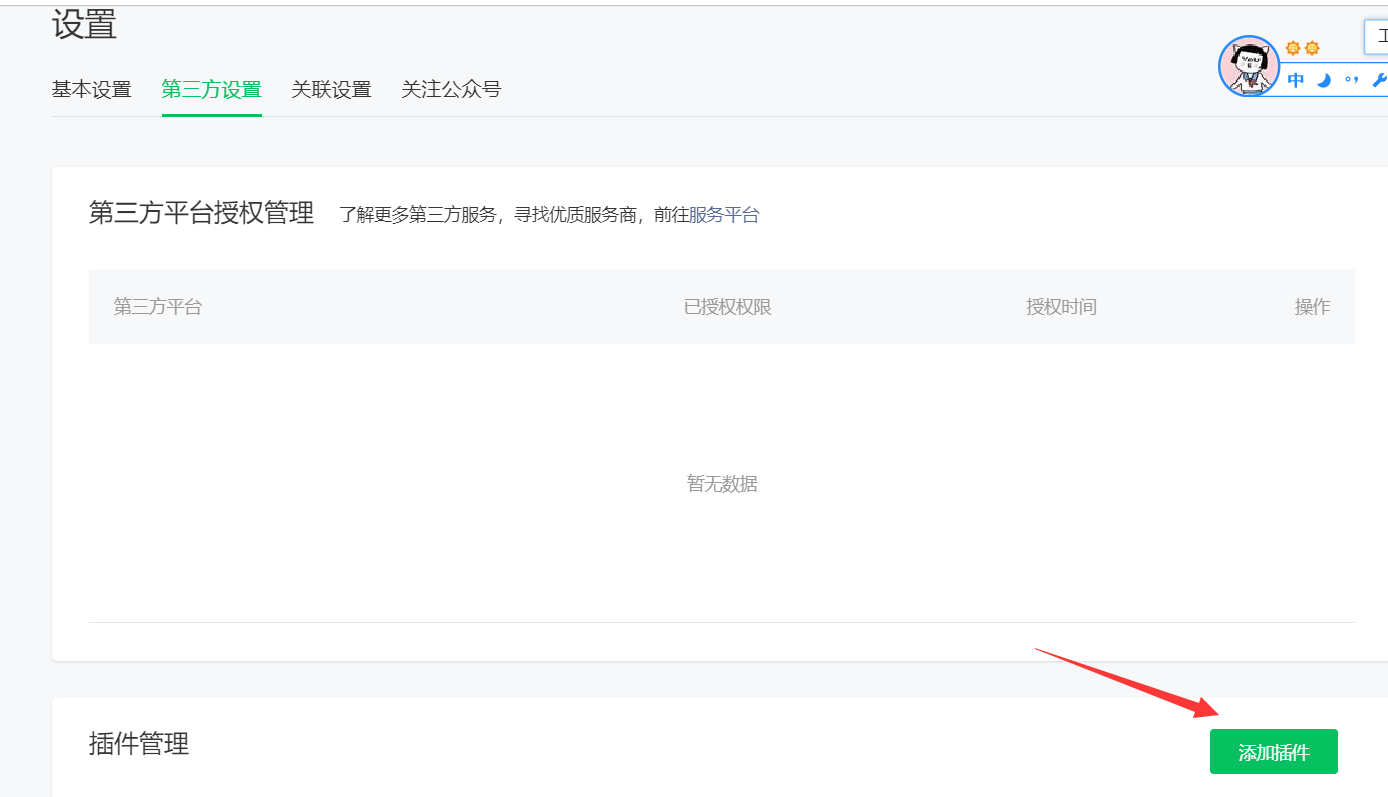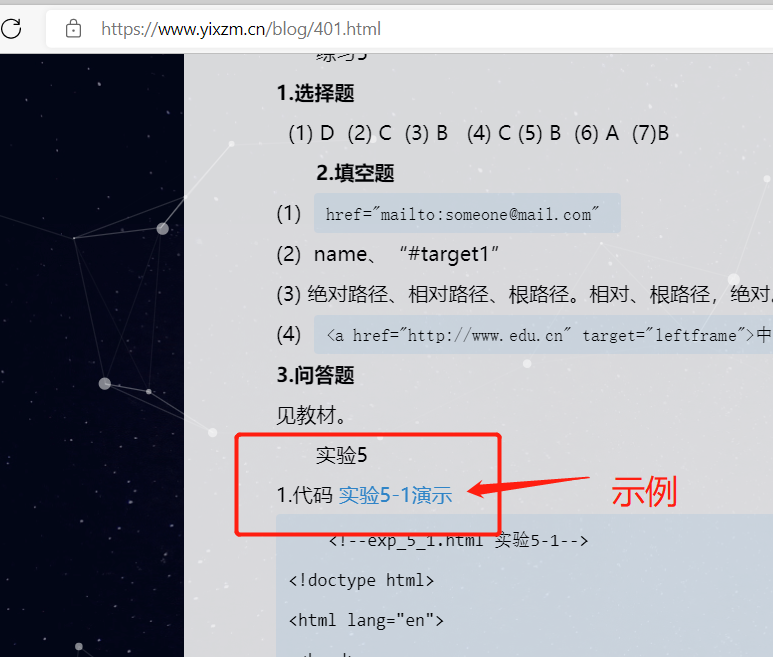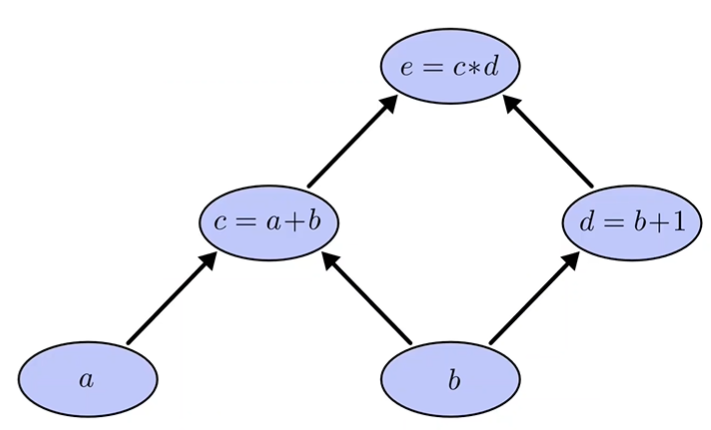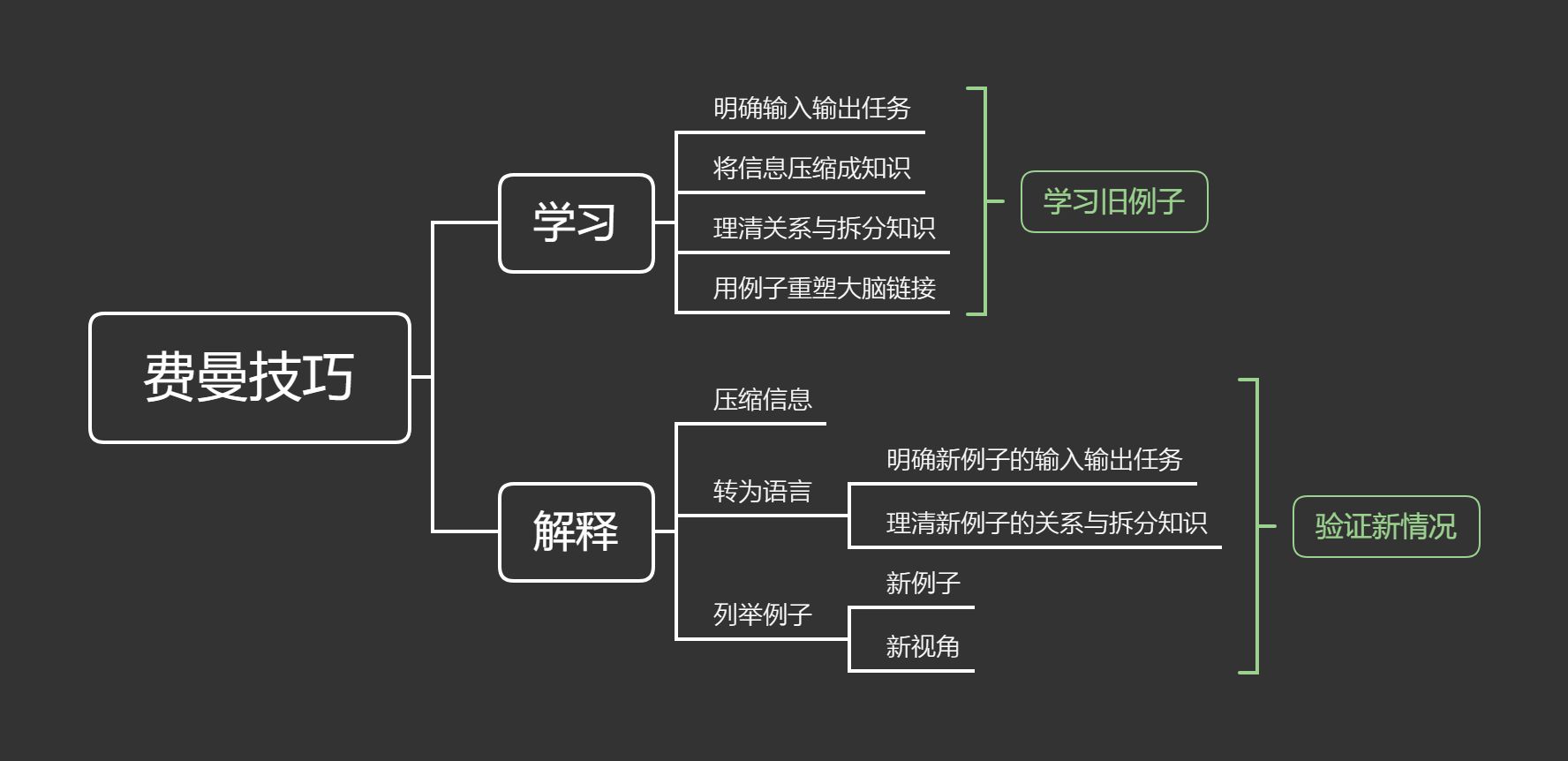Python 字符串 - Python零基础入门教程
目录
- 一.前言
- 二.Python 字符串运算符
- 三.Python 字符串构造
- 四.Python 字符串截取
- 五.Python 字符串替换 – replace()方法
- 六.Python 字符串大小写
- 七.猜你喜欢
零基础 Python 学习路线推荐 : Python 学习目录 >> Python 基础入门
一.前言
在 Python 变量 文章中我们对 整数 / 浮点数 / bool 值有做过讲解,今天详细在讲解一下关于字符串的内容,字符串俗称:str。
在本文会大量的使用 print 和 format 函数,如果还有不太熟悉使用的盆友,请先跳转:
- Python print 函数
- Python format 函数
二.Python 字符串运算符
介绍两个关于 Python 字符串的运算符,in 和 not in,主要用于检测字符串中是否存在某个字符或者字符串,如果存在返回 True,不存在返回 False,直接上代码演示:
# !usr/bin/env python# -*- coding:utf-8 _*-"""@Author:猿说编程@Blog(个人博客地址): www.codersrc.com@File:python字符串str使用.py@Time:2021/3/21 23:00@Motto:不积跬步无以至千里,不积小流无以成江海,程序人生的精彩需要坚持不懈地积累!"""# 检测单个字符str1 = "hello world"if "h" in str1:print("{} 字符串包含 'h'".format(str1)) # 注意单引号和双引号的配合使用else:print("{} 字符串不包含 'h'".format(str1))# 检测字符串if "hello" in str1:print("{} 字符串包含 'hello'".format(str1)) # 注意单引号和双引号的配合使用else:print("{} 字符串不包含 'hello'".format(str1))# 使用 not inif "hllo" not in str1:print("{} 字符串不包含 'hllo'".format(str1)) # 注意单引号和双引号的配合使用else:print("{} 字符串包含 'hllo'".format(str1))'''输出结果:hello world 字符串包含 'h'hello world 字符串包含 'hello'hello world 字符串不包含 'hllo''''
三.Python 字符串构造
字符串可以直接拼接,同样也可以使用 format 函数或者 % 符号构造,代码如下:
# !usr/bin/env python# -*- coding:utf-8 _*-"""@Author:猿说编程@Blog(个人博客地址): www.codersrc.com@File:python字符串str使用.py@Time:2021/3/21 23:00@Motto:不积跬步无以至千里,不积小流无以成江海,程序人生的精彩需要坚持不懈地积累!"""str1 = "hello world"print("%s 字符串总长度:%d" % (str1,len(str1))) # len()获取字符串长度#方法一:for i in str1:print(i,end="-") # print 函数默认换行,强制将换行符改为 '-',可以改为任意字符print("\n") # "\n" 表示换行print("*"*20)#方法二:for i in range(0,len(str1)):print(str1[i],end=' ') # 每个字符以空格隔开print("\n") # "\n" 表示换行print("*"*20)#方法三:a = 0while a < len(str1):print("str[%d] = %s " % (a,str1[a]))a += 1print("程序结束,退出程序")'''输出结果:hello world 字符串总长度:11h-e-l-l-o- -w-o-r-l-d-********************h e l l o w o r l d********************str[0] = hstr[1] = estr[2] = lstr[3] = lstr[4] = ostr[5] =str[6] = wstr[7] = ostr[8] = rstr[9] = lstr[10] = d程序结束,退出程序'''
四.Python 字符串截取
字符串中的每一个字符都有一个默认的索引值,从左到右默认重 0 开始,依次递增;从右往左默认重-1 开始,依次递增;

# !usr/bin/env python# -*- coding:utf-8 _*-"""@Author:猿说编程@Blog(个人博客地址): www.codersrc.com@File:python字符串str使用.py@Time:2021/3/21 23:00@Motto:不积跬步无以至千里,不积小流无以成江海,程序人生的精彩需要坚持不懈地积累!"""str1 = "猿说python"print(len(str1)) # 内置函数 len() 获取字符串长度print(str1) # 打印字符串print(str1[2]) # 获取字符串中的第二个字符print(str1[0:2]) # 截取字符串索引值为0~1的字符,不包括索引值为2的字符print(str1[2:5]) # 截取字符串索引值为2~4的字符,不包括索引值为5的字符print(str1[2:-1]) # 截取字符串重索引值为2开始直到字符串结尾的前一个,-1的索引值表示最后一个print(str1[2:len(str1)]) # 截取字符串索引值2~8,最后一个字符的索引值为7,所以刚刚好能截取到字符串末尾# 截取在列表中索引值为0-4的数据,冒号前面不设置参数,默认重0开始,注意截取并不包括4print(str1[:4])# 截取在列表中索引值为2-末尾的数据,冒号后面不设置参数,默认截取到最后一位数据,注意截取包括最后一位print(str1[2:])print("程序结束,退出程序")'''输出结果:8猿说pythonp猿说pytpythopython猿说pypython程序结束,退出程序'''
注意:在上面 print(str1[2:-1]) 该行代码中,-1 表示最后一位字符串索引,但是截取的范围并不包括字符串的最后一位。
五.Python 字符串替换 – replace()方法
'''函数介绍:替换字符串中指定的内容,并返回新的字符串old:字符串中需要被替换的字符或者字符串(旧字符串,原本一直就在字符串)new:替换之后的内容(新字符串,添加到字符串代替old的内容)'''str.replace(old, new)
示例代码如下:
# !usr/bin/env python# -*- coding:utf-8 _*-"""@Author:猿说编程@Blog(个人博客地址): www.codersrc.com@File:python字符串str使用.py@Time:2021/3/21 23:00@Motto:不积跬步无以至千里,不积小流无以成江海,程序人生的精彩需要坚持不懈地积累!"""str1 = "hello world"str1 = str1.replace("hello","猿说PYTHON")print(str1)str1 = "hello world"str1 = str1.replace("world","python 教程")print(str1)'''输出结果:猿说PYTHON worldhello python 教程'''
六.Python 字符串大小写
对字符串进行大小写转换处理,常用的内置函数如下:
- upper:把所有字符中的小写字母转换成大写字母
- lower:把所有字符中的大写字母转换成小写字母
- capitalize:把第一个字母转化为大写字母,其余小写
title:把每个单词的第一个字母转化为大写,其余小写
# !usr/bin/env python# -_- coding:utf-8 \__-"""@Author:猿说编程@Blog(个人博客地址): www.codersrc.com@File:python 字符串 str 使用.py@Time:2021/3/21 23:00@Motto:不积跬步无以至千里,不积小流无以成江海,程序人生的精彩需要坚持不懈地积累!"""str = "www.shuopython.com"print(str.upper()) # 把所有字符中的小写字母转换成大写字母print(str.lower()) # 把所有字符中的大写字母转换成小写字母print(str.capitalize()) # 把第一个字母转化为大写字母,其余小写print(str.title()) # 把每个单词的第一个字母转化为大写,其余小写'''输出结果:WWW.SHUOPYTHON.COMwww.shuopython.comWww.shuopython.comWww.Shuopython.ComProcess finished with exit code 0'''
关于字符串的函数还有很多,由于篇幅有限,后面的文章我们继续讲解更多关于Python 字符串相关函数。
七.猜你喜欢
- Python 简介
- Python Pycharm Anacanda 区别
- Python2.x 和 Python3.x,如何选择?
- Python 配置环境
- Python Hello World 入门
- Python 代码注释
- Python 中文编码
- Anaconda 是什么?Anconda 下载安装教程
- Pycharm 提示:this license **** has been cancelled
- Pycharm 设置开发模板/字体大小/背景颜色
未经允许不得转载:猿说编程 » Python 字符串



































还没有评论,来说两句吧...